Support of American Heart Association Brings Benefits to Connecticut
/The Greater Hartford Heart Walk, a noncompetitive 5K walk held annually each fall by the local affiliate of the American Heart Association, is one of many similar endeavors around the state by nonprofit organizations seeking to raise awareness and raise funds – and one of three organized annually by the American Heart Association in Connecticut. What is often overlooked, especially when the sponsoring organization bears a well-known national name, are the array of benefits that result close to home. The American Heart Association is a case in point.
Cardiovascular diseases and stroke are the #1 cause of death in Connecticut. Last fall, just over 1,500 walkers at the Greater Hartford walk helped to raise nearly $190,000 to support research, advocacy and awareness of cardiovascular disease and stroke. That money does not simply disappear into a giant national pool of funds – much of it finds its way back to Connecticut.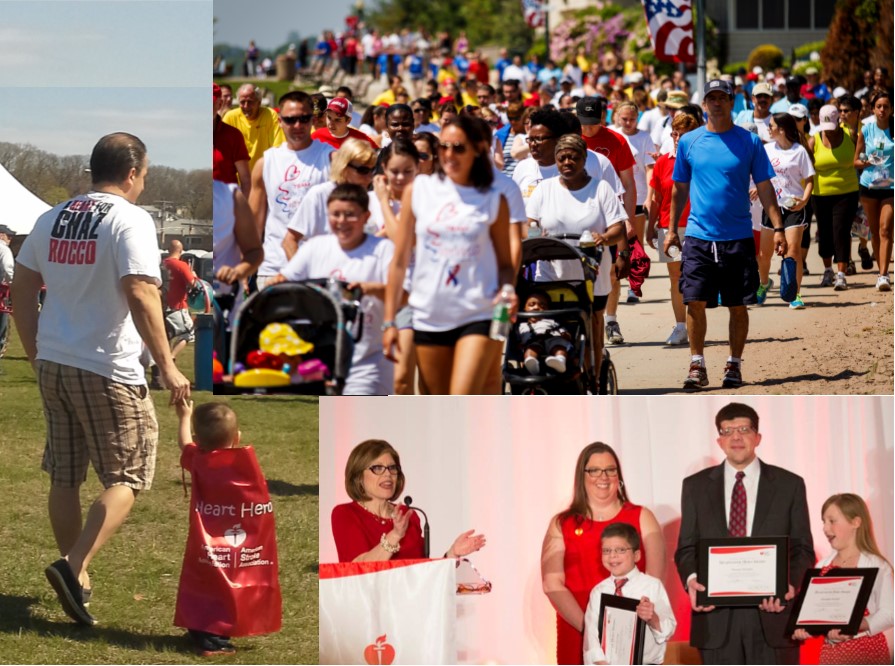
The organization currently supports 43 research studies in Connecticut with awards totaling $9,300,533, officials report. The grants and fellowships help to advance discovery, interpretation and delivery of new knowledge to spur improvements in cardiovascular health. Among those supported by awards from the American Heart Association are researchers on the University of Connecticut campus in Storrs, the UConn Health Center in Farmington, Yale University and the Yale University School of Medicine.
The organization’s Greater New Haven Heart Walk will take place on Saturday, May 2 at Savin Rock. The event is hoping to raise over $340,000. [Walk registration will begin at 9:00 a.m. and the walk will kick off at 10 a.m. with a walk along Savin Rock Beach.] The Greater New Haven Heart Walk is part of the American Heart Association’s national healthy living initiative, My Heart. My Life. The program focuses on improving nutrition, physical activity and children’s health, helping individuals and families understand how to make incremental changes for a substantial long-term health impact.
The American Heart Association also urges employers to “create a culture of physical activity and wellness so that we may all live longer, heart healthy lives.” The local chapter, based in Wallingford, works with Connecticut corporations to become a Fit Friendly Worksite.
Through the Fit-Friendly initiative, the American Heart Association provides free tools for worksites and employees including a Healthy Workplace Food and Beverage Toolkit, walking and physical activity programs, worksite wellness materials, and more. Eligible worksites can then receive recognition by the American Heart Association at local events and in recognition program communication materials including an Annual Honor Roll published on the organizations website and other amenities. In Connecticut, 40 companies have been designated as Fit Friendly Companies and in Massachusetts, 78 companies are committed to better employee health.
“More than two-thirds of American adults are overweight or obese putting them at risk for heart disease and stroke”, said American Heart Association Connecticut and Western Massachusetts Executive Director Dina Plapler. “Making healthy changes in the workplace, where many adults spend much of their day, is an important way to help people be healthier”.![]()
The annual Greater Hartford Go Red For Women Luncheon, another well-attended education and fundraising event, celebrated its 10th anniversary this year. The March 18 event at the Connecticut Convention Center included survivor speaker, Leigh Pechillo. A native of Connecticut, Leigh experienced sudden cardiac arrest on Mother’s Day, May 11, 2014. She was fortunate that her husband knew CPR and helped to save her life. Her husband, daughter and son were presented with a Heart Saver Award by American Heart Association President, Nancy Brown at the event. The event raised over $400,000 to benefit women’s heart health.
The Go Red For Women initiative is dedicated to making an impact in the community through education and fundraising to fight the number one killer of women, heart disease. Heart disease and stroke account for 31.1 percent of all female deaths in Connecticut and on average, nearly 13 women die from heart disease and stroke in Connecticut every day.
For more information on the Greater New Haven Heart Walk go to www.newhavenheartwalk.org. Other Heart Walks taking place in Connecticut this year include the Rocky Neck Heart Walk on Sunday, September 27 at Rocky Neck State Park and the next Greater Hartford Heart Walk on Saturday, October 3. For more information on these events and more, visit www.heart.org/connecticut.


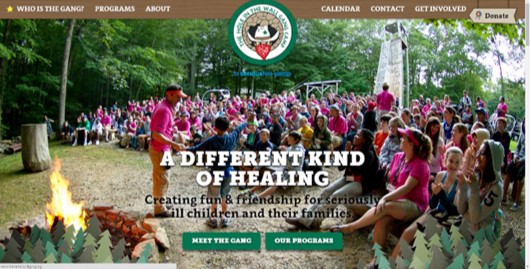
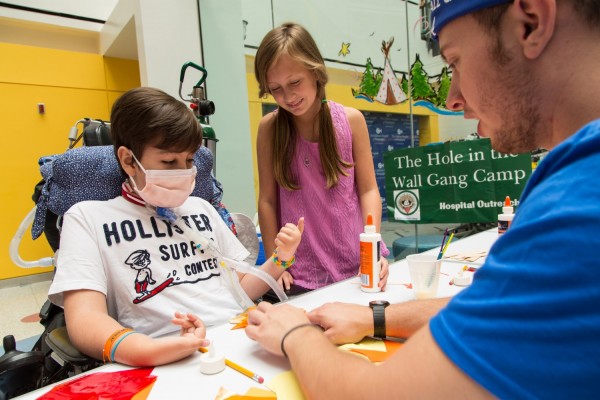
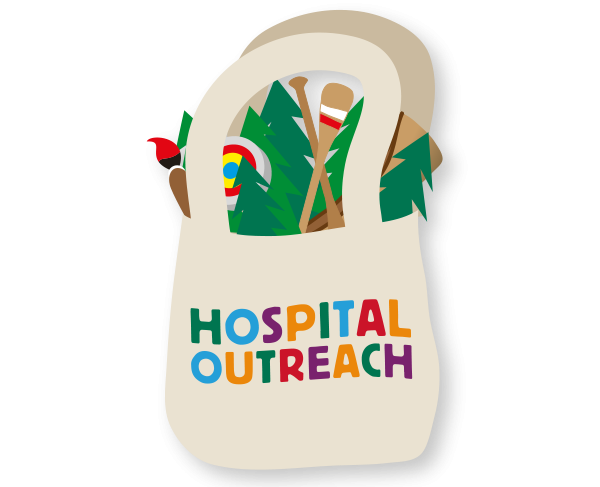 ll, there were “approximately 800 healing experiences with children and families throughout the week, bringing the safety, respect and love of Camp to many families” in Philadelphia.
ll, there were “approximately 800 healing experiences with children and families throughout the week, bringing the safety, respect and love of Camp to many families” in Philadelphia.

 iagnose, treat, and ultimately, cure NEC. Named after Morgan, it celebrates his survival, courage and strength. Morgan and his twin brother were born at 28 weeks, nearly three months early and each weighing less than 2.5 pounds. At four days old, Morgan developed NEC and lost approximately 20 percent of his small intestine. Morgan not only survived but has also thrived since his bout with NEC. The fund is his family’s way of paying it forward.
iagnose, treat, and ultimately, cure NEC. Named after Morgan, it celebrates his survival, courage and strength. Morgan and his twin brother were born at 28 weeks, nearly three months early and each weighing less than 2.5 pounds. At four days old, Morgan developed NEC and lost approximately 20 percent of his small intestine. Morgan not only survived but has also thrived since his bout with NEC. The fund is his family’s way of paying it forward.
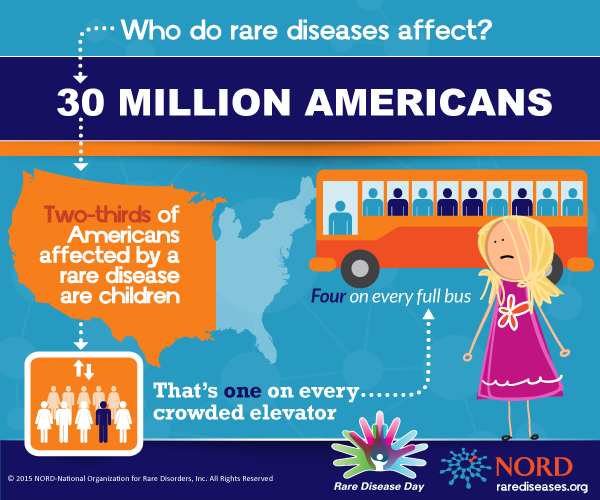


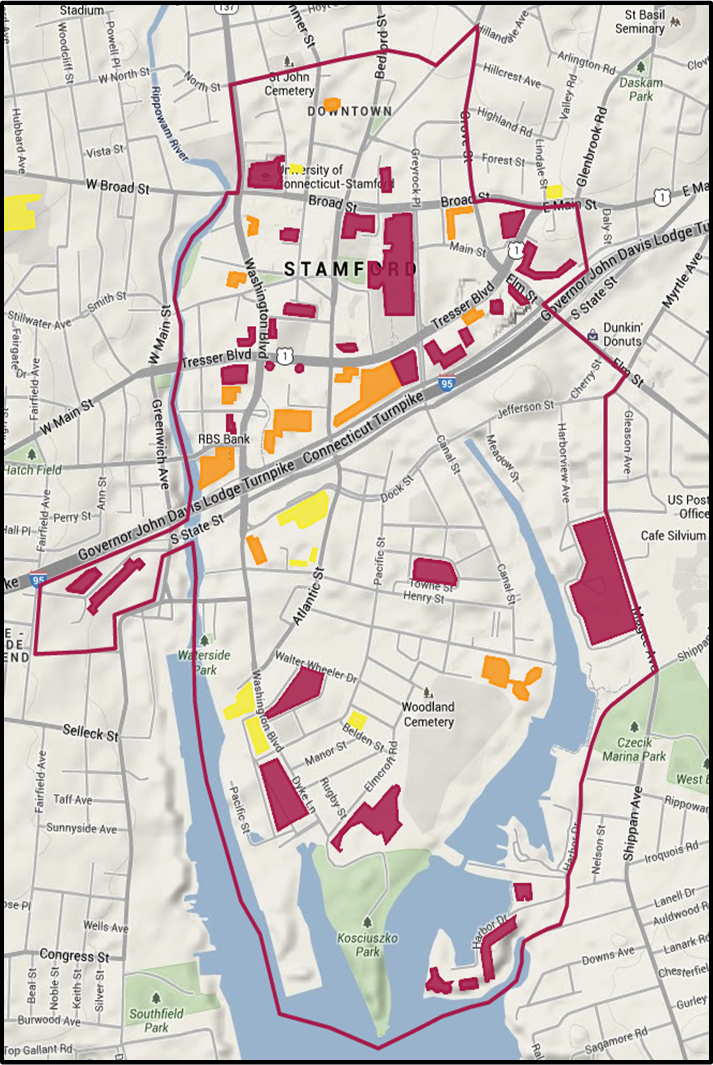 “These collective efforts will establish the Stamford 2030 District as an example of a financially viable, sustainability focused, multi-sector driven effort that maximizes profitability and prosperity for all involved. Through collaboration of diverse stakeholders, leveraging existing and developing new incentives and financing mechanisms, and creating and sharing joint resources, the Stamford 2030 District will prove the business case for healthy and high performing buildings.”
“These collective efforts will establish the Stamford 2030 District as an example of a financially viable, sustainability focused, multi-sector driven effort that maximizes profitability and prosperity for all involved. Through collaboration of diverse stakeholders, leveraging existing and developing new incentives and financing mechanisms, and creating and sharing joint resources, the Stamford 2030 District will prove the business case for healthy and high performing buildings.”

 A home study by a social worker, along with background checks, must be completed before applications will be accepted, and grant awards will be determined by members of a board, based on criteria including need and personal circumstances, such as “why they want to build their family through adoption.” Board members already in place include individuals with backgrounds in finance, law, fundraising, and social work, whose lives have been touched by adoption. Additional board members are now being determined.
A home study by a social worker, along with background checks, must be completed before applications will be accepted, and grant awards will be determined by members of a board, based on criteria including need and personal circumstances, such as “why they want to build their family through adoption.” Board members already in place include individuals with backgrounds in finance, law, fundraising, and social work, whose lives have been touched by adoption. Additional board members are now being determined.

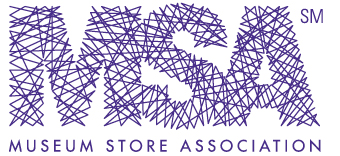


 .
.
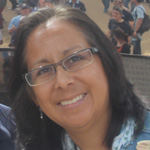 “Many preliminary competition events would need to take place outside of the main Olympic Park areas so events may occur as far away as Connecticut. This also is an opportunity for more people to get involved with the Olympic Spirit,” Garcia adds.
“Many preliminary competition events would need to take place outside of the main Olympic Park areas so events may occur as far away as Connecticut. This also is an opportunity for more people to get involved with the Olympic Spirit,” Garcia adds.
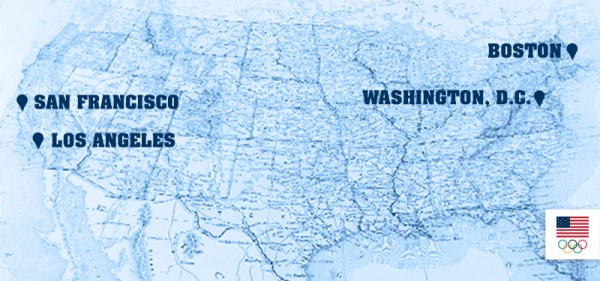

 An Olympic games in Boston would utilize existing sports venues of both professional teams and area colleges, which could reduce potential costs. Infrastructure improvements, such as in transportation, are already on the drawing board, and could accelerate with a Boston bid.
An Olympic games in Boston would utilize existing sports venues of both professional teams and area colleges, which could reduce potential costs. Infrastructure improvements, such as in transportation, are already on the drawing board, and could accelerate with a Boston bid.
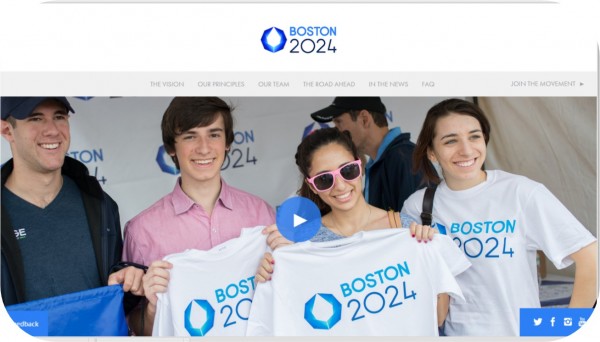


 ut.
ut. h school students - participants in week-long journalism workshops at UConn, Quinnipiac and Yale universities led by C-HIT - have been producing news stories that target issues facing a demographic they are not only familiar with, but, in most cases, part of. The students are learning research methods intrinsic to journalism and the results of their work have been eye-opening. Some of the highlights:
h school students - participants in week-long journalism workshops at UConn, Quinnipiac and Yale universities led by C-HIT - have been producing news stories that target issues facing a demographic they are not only familiar with, but, in most cases, part of. The students are learning research methods intrinsic to journalism and the results of their work have been eye-opening. Some of the highlights: Of the young people who reported cyber bullying incidents against them, one in three reported that they experienced threats online. Well over half of young people do not tell their parents when cyber-bullying occurs, the website says. Surveys show that girls are twice as likely as boys to be both victims and perpetrators of cyber bullying.
Of the young people who reported cyber bullying incidents against them, one in three reported that they experienced threats online. Well over half of young people do not tell their parents when cyber-bullying occurs, the website says. Surveys show that girls are twice as likely as boys to be both victims and perpetrators of cyber bullying. ht) Mackenzie Brayman, a student at North Stonington High School; Julyanna Schreider and Shamoya Hanson, students at the Journalism & Media Academy, Hartford; Talon Cooper, a student at Hillhouse High School, New Haven; and Conner Fritchley, a student at Wilton High School. Information included in this article was researched and developed by the students for their news stories.
ht) Mackenzie Brayman, a student at North Stonington High School; Julyanna Schreider and Shamoya Hanson, students at the Journalism & Media Academy, Hartford; Talon Cooper, a student at Hillhouse High School, New Haven; and Conner Fritchley, a student at Wilton High School. Information included in this article was researched and developed by the students for their news stories.


























